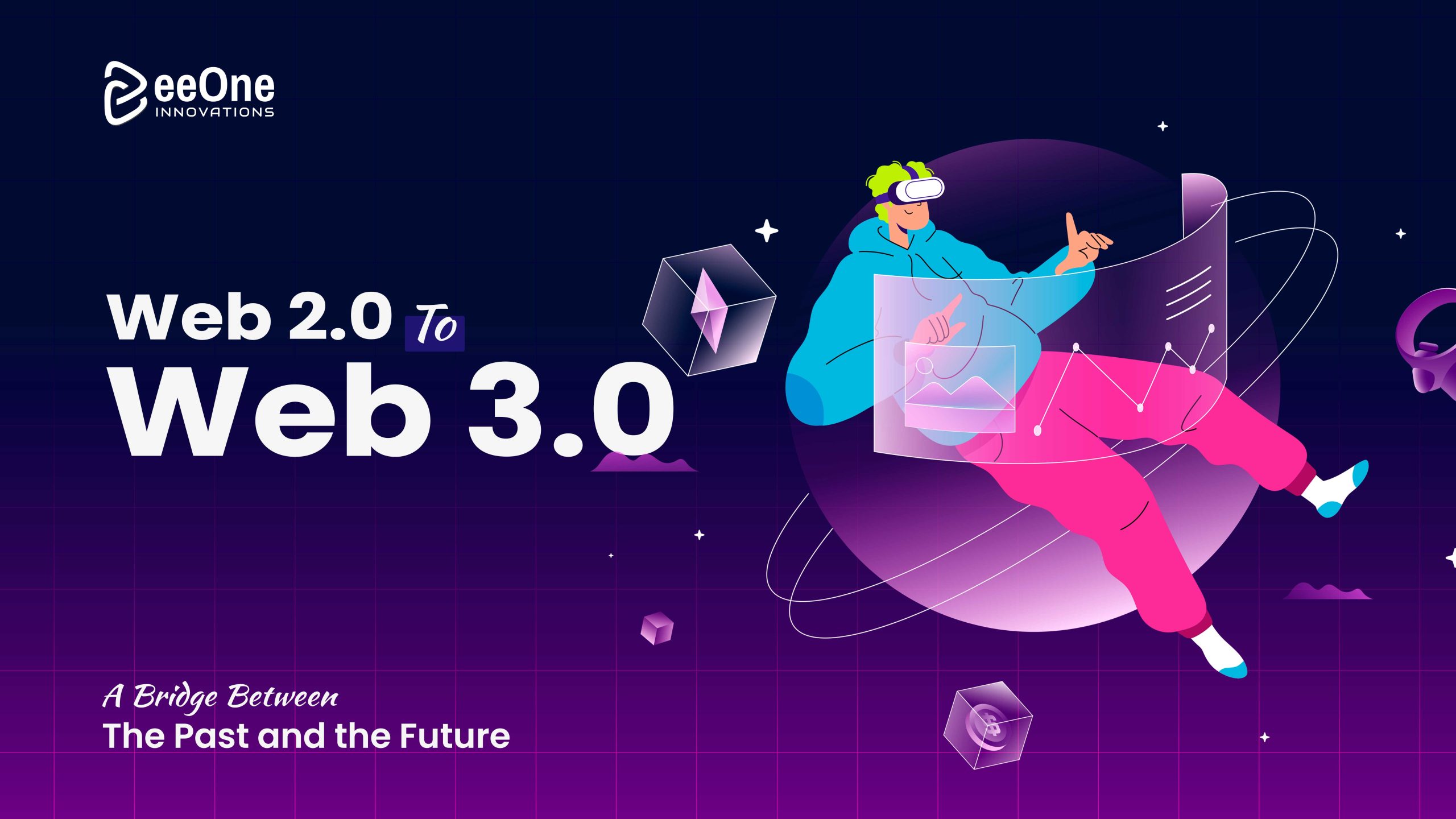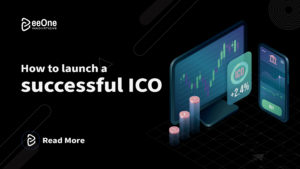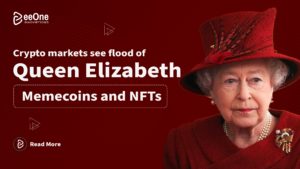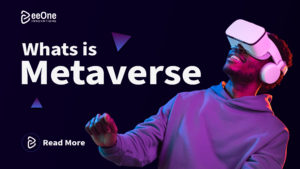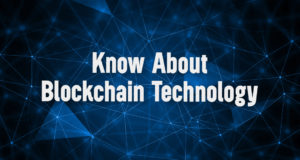Web 2.0 represents the Internet as we know it today and includes all the blogs, social media sites, shopping, news generation, and more!
It is marked by user-generated content, interoperability across different services, usability, interactiveness, and high levels of participation. While this may seem like a huge leap from the static pages of web 1.0, in reality, there have been little to no changes to the core definition between the two versions.
What has really changed is the way we use existing infrastructure, and from this standpoint, it’s safe to say that it’s really the front-end that has seen the bulk of changes in web 2.0
What exactly is Web 2.0?
Web 2.0 is the second generation of internet services aimed at making it easier for users to interact with web content. The increase of user-generated content, as well as end-user interoperability and usability, were boosted by Web 2.0. The second generation web isn’t concerned with changing technological specifications. It, on the other hand, focuses on changing the look and feel of web sites as well as their usage criteria. Furthermore, web 2.0 encourages user involvement and participation in node-to-node transactions. As a result, the groundwork for e-commerce and social media platforms has been laid.
Web 2.0 characteristics
- Users can filter information for free on Web 2.0, retrieving and categorising it collaboratively.
- Dynamic content and robust user input response are key priorities for the second generation of internet services.
- In Web 2.0, evaluation and online commenting are also important channels for information exchange between visitors and site administrators.
- Web 2.0 enabled web content to be accessed via televisions, mobile devices, multimedia consoles, and almost any other internet-connected device.
- Web 2.0 is also known as a participatory social web, which is the most important distinction. Users can now participate in the creation and sharing of responsive content, allowing for new forms of collaboration. As a result, web 2.0 is critical in promoting the formation of new virtual communities.
What exactly is Web 3.0?
With considerable infrastructure changes, Web 3.0 appears to be a critical breakthrough for Web 2.0. The semantic web, often known as the third generation of the web, makes use of an efficient metadata system. The metadata system assists in the organisation and structuring of all types of data in order for humans and machines to understand it. The distinction between Web 2.0 and Web 3.0 is the most significant benefit of Web 3.0. Web 3.0 does away with the necessity for centralised middlemen and introduces data homogeneity.
Web 3.0 Characteristics
- Web 3.0 makes use of artificial intelligence to deliver more accurate results faster while also allowing consumers to access real-time data.
- Users may take use of 3D visualisations and graphics with Web 3.0.
- Another essential component of Web 3.0 is the Semantic Web capabilities, which means it can aid in efficient word comprehension. As a result, both machines and people will be able to find, distribute, and evaluate data with ease in Web 3.0.
- In addition, Web 3.0 improves privacy and security.
- Web 3.0 also emphasises user data security and identity protection. To safeguard user identity and data, Web 3.0 employs advanced authorization techniques such as distributed ledger technology and encryption.
Underlying technology
The underlying technologies are another significant differentiating point in the comparison between web 2.0 and web 3.0. Web 2.0 has been instrumental in the creation of numerous new technologies. AJAX and JavaScript are two critical technologies that have fueled the expansion of web 2.0. In addition, the dominance of CSS3 and HTML5 among the technologies enabling web 2.00 may be seen.
On the other end of the spectrum, you will discover web 3.0, which supports the adoption of cutting-edge technology. The primary technologies backing the foundation of web 3.0 includes semantic web, Artificial Intelligence (AI), and decentralized protocols. Knowledge bases and ontologies are two more prominent technologies that are driving the rise of web 3.0.
Data Ownership
The ownership of data control is another significant factor in the distinctions between web 2.0 and web 3.0. In the context of web 2.0, the data is owned by the network. Web 3.0, on the other hand, implies an entity’s ownership of data as well as the ability to share data across the network.
Conclusion
In the comparison between web 2.0 and web 3.0, the clear observation of highlights demonstrates how web 3.0 offers more benefits than web 2.0. It illustrates a promising architecture that is required for human-machine interaction. The most significant aspect of web 3.0 is that it improves security, privacy, and trust.
Many people refer to web 3.0 as the “decentralized web” because it will rely heavily on decentralized protocols. Web 2.0, on the other hand, is still the foundation for many of the web apps we use today.


